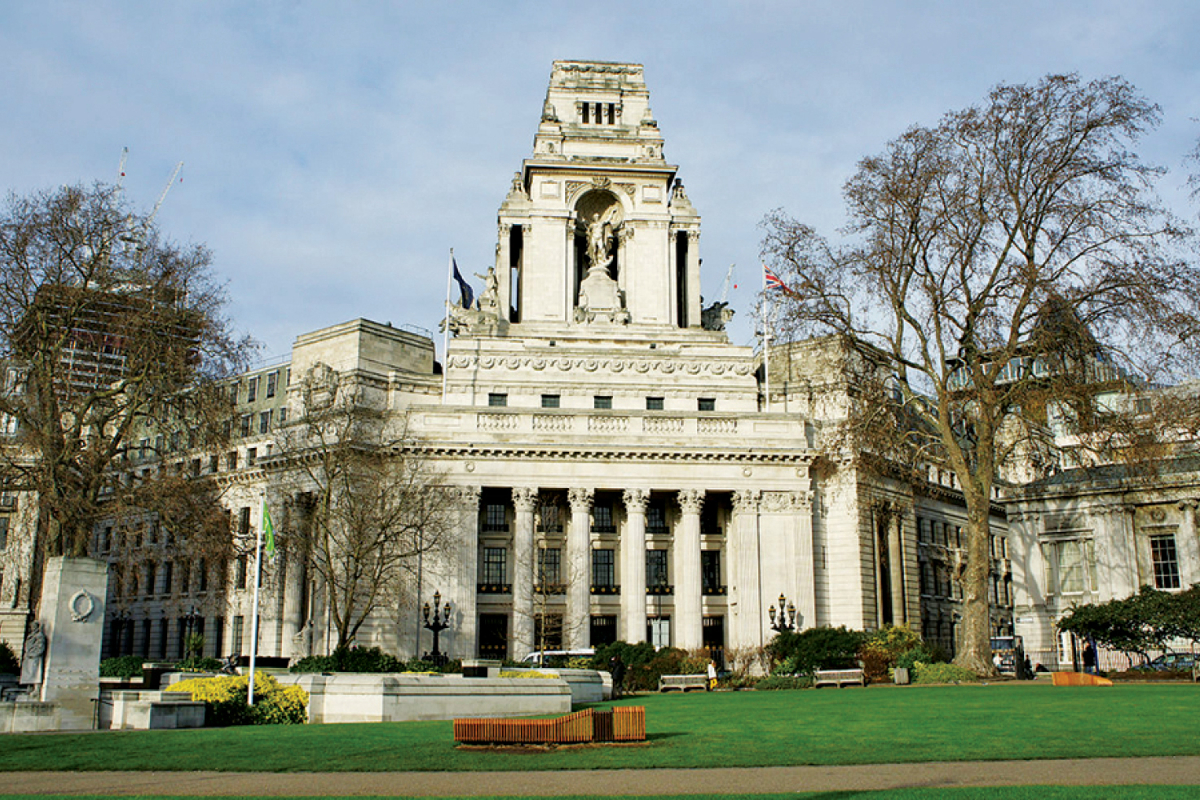
Tower Hill, in front of Traitors’ Gate
I glance at the gate and move on. On the gate is written in bold letters in English “Traitor’s Gate”. This gate is slightly downhill and the road we are walking towards the main gate of Tower Hill is significantly higher than the gate, which has been described as the Traitor’s Gate. I’ve seen Tower Hill from the outside many times, but I’m going to see it from the inside a second time.
Tower Hill stands on the north bank of the River Thames in London with a majestic tower. I also said in my travelogue published 21 years ago that the Tower Hill in London looks shabby and inferior, compared with the Red Fort of Lahore. But in many respects, this castle-like royal palace in London has a very different past from the royal fort in Lahore.
Obviously, the past, present and future of royal forts, royal palaces and royal courts around the world are always different from each other. The recent past of the Red Fort Lahore, around 45 years ago has been very horrible for the democrats, where, barbaric people behaved extremely brutally, mercilessly and humans continued to suffer painful and horrible atrocities in the hands of other humans.
But at the Tower Hill in London, princes, princesses, nobles, queens and servants, priests and bishops continued to die in public or in private. In the series of punishments given from 1381 AD continued till 1747 AD, many people came here and embraced the angel of death, sometimes they were stabbed and killed by the edge of a dagger and sometimes hanged until they died.
I pause for a while at the gate of the traitors and think about the innocence of the people who were declared traitors in my homeland. The powerful authorities of the state considers the creation of the country as the result of the constitutional struggle of the Lahore Resolution and the top leadership of the All India Muslim League but in the same breath has been calling the founders of Pakistan as traitors.
AK Fazlul Haq, the leader of workers and farmers of Bengal and the most trusted right-hand man of Quaid-e-Azam, who presented the Lahore agreement, Fatima Jinnah, the sister of the father of the nation and the active leader of the freedom movement, the great leader of freedom from Bengal Hussain Shaheed Suhrawardy and dozens of colleagues of Quaid-e-Azam have been declared traitors by the institutions of power.
How would those sentenced to be passing through the gates of the unknown Tower Hill traitors and sent to the valley of death be charged? In 1381, Simon Sudbury, a priest from London, was first brought to this gate. He studied at the University of Paris. He was the representative priest of Pope Innocent VI and he was sent by the Pope to the court of King Edward III of Great Britain with a mission in 1356.
In 1361, he was made Chancellor of Salisbury. In the same year, the Pope made him the Bishop of London. During the reign of the new King Richard II after King Edward, Sudbury was given the position of Lord Chancellor of England in 1380. Then came the season of great public awakening and peasant revolt in the same year, the farmers of Great Britain began to blame Simon Sudbury for their troubles and hardships.

The rebels were also led by a priest, John Paul, who was in prison. After John Paul’s release from Maid Stone prison, the rebel peasants attacked the Archbishop’s estate, destroyed it and marched towards the Tower Hill. History does not tell whether the gate of the Tower Hill was closed or open to the traitors but it fell into the hands of the protesting rebel brave peasants, then history said that eight fanatics with swords cut his head from his body with the edge of the sword.
This was the first murder at the gate of the traitors of the Tower Hill. Later in the same year, on the same day, another respectable person was killed at the same place, When the British introduced the tumandar system (it is title given to the leader of a Baloch tribe) in Dera Ghazi Khan and made two tumandars here and in Balochistan. The chiefs of the tribes under the tumandars were given priority, for example, among the sub-tribes of Leghari, Ahmadani, Mirzaani, Jogiani, Talpur, Bagliani, Hudhiani and other tribes had their own leaders.
Similarly, in the British feudal system, there used to be precedents and these precedents were called Grand Priors. In the British imperial feudal system, the rank of knight is assigned to the brave in the Catholic military order. The second beheading at the door of the traitors was of a courtier who was also an admiral and lord high treasurer, his name was Sir Robert Hales and he was put to death during the peasants’ rebellion in the same year, on the same day, on the same spot where the Archbishop of Canterbury, Simon Sudbury, was beheaded. He was extremely unpopular with the common citizens of Britain and the farmers of London.
At this gate of traitors, 52 people faced the death penalty during almost four centuries. Some of them were killed by the people and some died in execution of royal orders. I move past the gate of death and enter the main gate of the palace. There is a huge cannon lying in front, it is said that it was the cannon of Turkan-e-Othman’s army and the Turks wanted to conquer India through this cannon but this was taken away from the Turks by the British and the political scenario was changed.
My wife and I climb the inner wall of the fort, there is a corridor. While passing through this corridor, one has to go through many pitfalls. Ahead, there are many basements. The doors of these basements are closed. Obviously, if the doors of these basements were open, the sounds of someone shouting or calling would have been coming from below. We passed through the corridor and descended the stairs in front of the Royal Museum of the Tower Hill.
When I came here two years ago with my daughter and son, there was a long queue to enter the Royal Museum but this time around, there was no queue. This museum houses royal dresses, royal robes, royal edicts, royal thrones and crowns. We are against the very institution of monarchy and that is why we go there only to see the end of monarchy. We see in the museum the signs, the thrones, the robes, the royal weapons used by different kings.
We are now proceeding to see the sign, which we want to take back from the British and place in one of our museums, i.e., Kohinoor, which is kept in the same palace and is set in a crown. It is one of the largest diamonds in the world. It is 105.6 carats. This diamond has been in the possession and usage of Queen Elizabeth’s mother. This diamond used to adorn the crown of the Mughal emperors and then was stolen from there and brought here.
The weight of Kohinoor diamond is 21 decimal 12 grams. Many judges of the high judiciary of many countries of the third world decide cases in exchange for diamonds. But obviously, no such decision can be made from Kohinoor.
In the royal museum, we look at the Kohinoor embedded in the royal crown, bearing in our heart the longing of the people of the Subcontinent. Then we look again and again and come out. In front of this museum there is another museum, which can be called military museum. There are a lot of military medals, uniforms, ranks and statues. We are somewhat familiar with the training, ethos and regimental prejudices and history of the Royal Military British Army, so we heartily vented our anger like the driver of Mir Balkh Sher Mazari, as he did with the totalitarian thinking and dictatorial behaviour of Mir Sahib. Because of this, the heart used to take out anger in the heart. From this military museum we went to the main palace of the Tower Hill. We reached inside the palace by stairs. It looks like a feudal armory. We saw swords, daggers, guns, revolvers, furniture and books together in the library-like drawing-room of Sardar Sherbaz Khan Mazari and found them in abundance. But seeing the rarity of civilised symbols such as furniture and books, we felt very angry at kings and their monarchy.
Most of the armour, swords, daggers and statues of King Charles I, Charles II and Henry VIII were seen here in abundance and our introduction and historical acquaintance with the British monarchs was also from these kings.
Henry VIII was fond of marrying, divorcing and killing wives. Charles I ordered the undemocratic arrest of two members of the House of Commons, riots broke out in Britain, civil war broke out and the king was hanged. It continued for some time even after leaving. But one thing was decided that the king would not be above the British Parliament. The people will rule the country by their own vote, the status of the king will be symbolic.
Before the armistice, Charles I and Charles II sat on the throne and in revenge, Cromwell’s body (who hanged his father) was exhumed from the grave and hanged in front of the parliament, but he could not achieve totalitarianism.
When I left the palace, the body of Queen Elizabeth II had been moved to Buckingham Palace for burial. And King Charles III had received the body of his mother. But there is a gap of four centuries between King Charles I and King Charles III. I come out of the Tower Hill. I hear feminine screams coming from the windows near the Traitors’ Gate. Perhaps these are the screams of Anne Boleyn, who is being brought to beheaded as she committed the sin for bearing a daughter instead of a son; therefore, was accused of adultery.
Killing wives and remarrying was a game for Henry VIII. I walk towards the Tower Hill station, dreading the screams.
Henry VIII wanted a son for the throne and the crown, and his son Edward VI was born and became king, but after Edward VI, Anne Boleyn’s daughter, Queen Mary, ascended the throne and this accession was revenge for the king’s father’s murder of her mother.
Catch all the The Globe News, Breaking News Event and Latest News Updates on The BOL News
Download The BOL News App to get the Daily News Update & Live News.





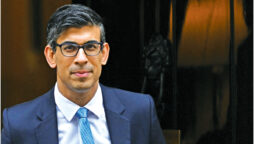

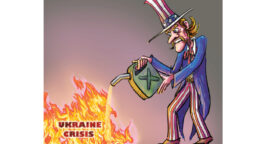
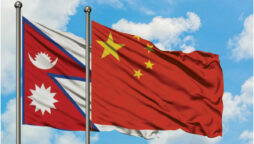
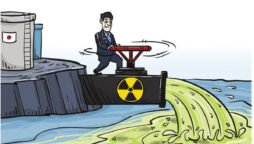

 Read the complete story text.
Read the complete story text. Listen to audio of the story.
Listen to audio of the story.